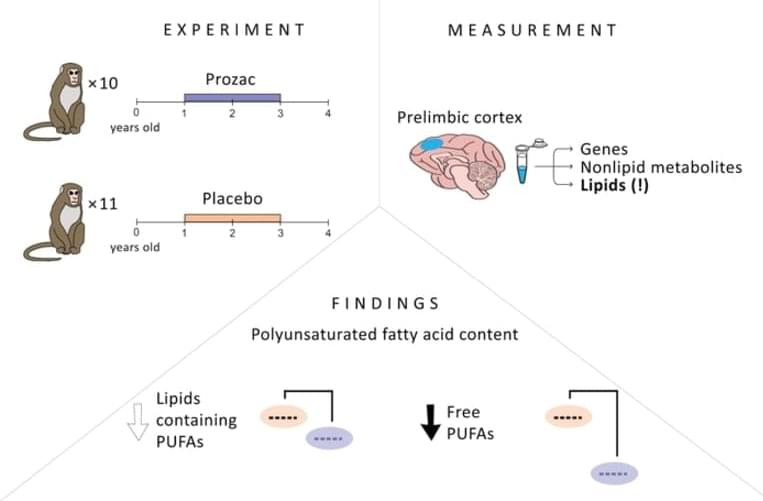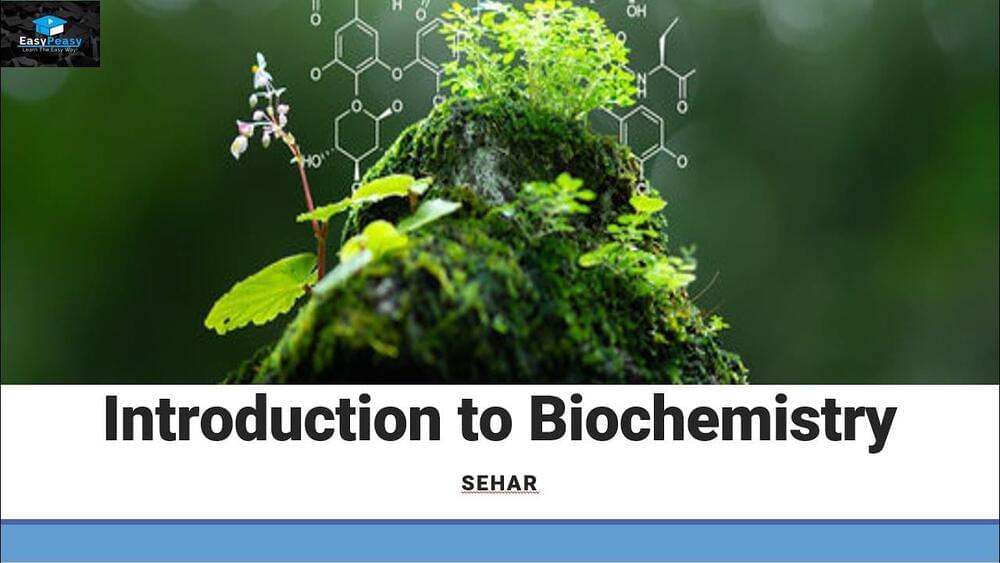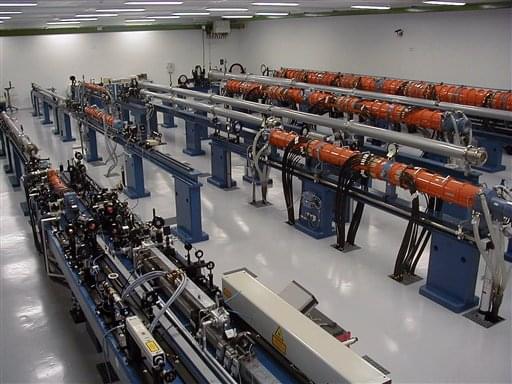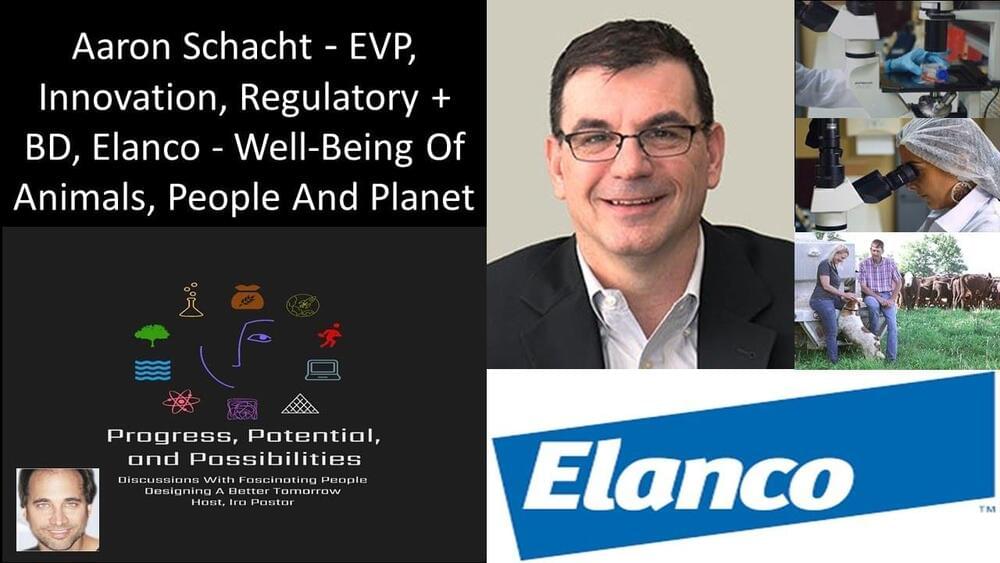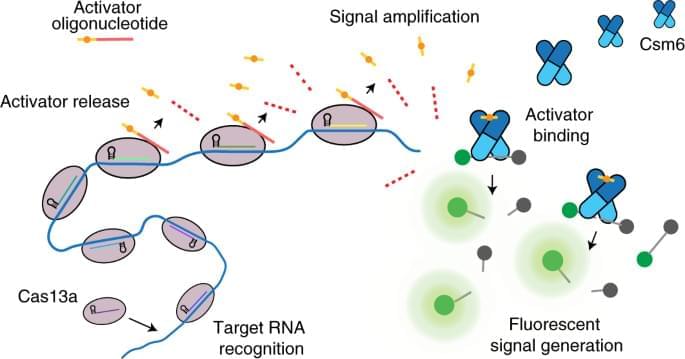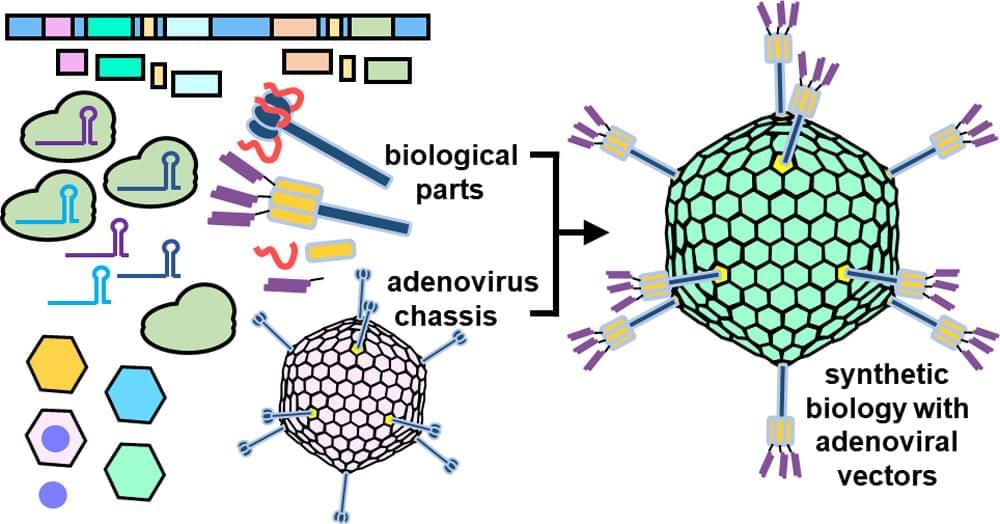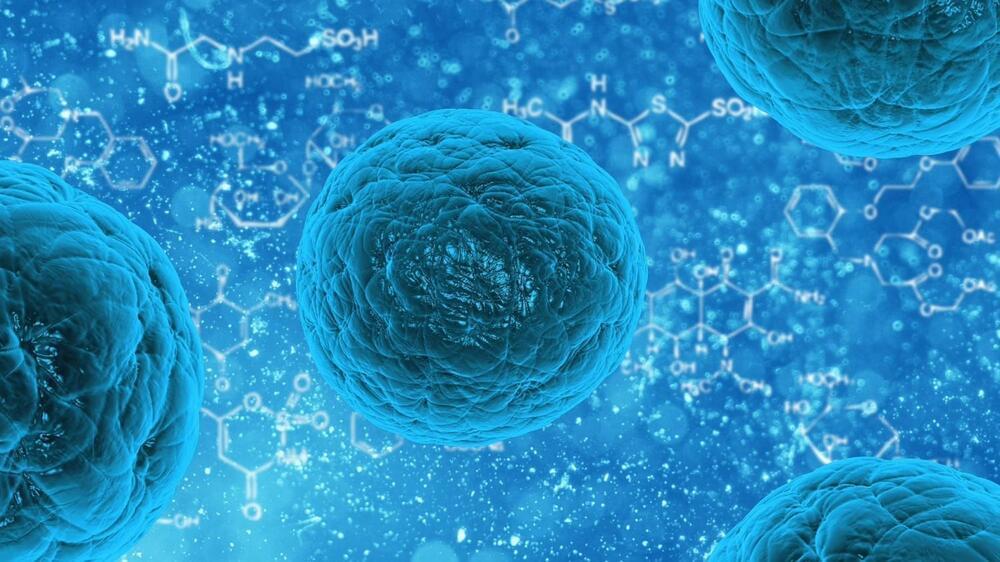Aug 25, 2021
Revolution in biomedicine using emerging of picomaterials: A breakthrough on the future of medical diagnosis and therapy
Posted by Omuterema Akhahenda in categories: biotech/medical, chemistry, quantum physics
Pico technology is hypothetical future level of technology which will revolutionized the scientist world. This technology is combination of pico and meter with scale of trillionths of a meter (10−12). This atomic and subatomic range particles reveals extraordinary properties and pave the way for tremendous applications [1].
The way lengths and angles attach together is the main determine of the materials properties. Alterable or reversible bonds distortions at pico-meter scale which changes the electronic conformation causes multiple properties for materials.
On the other hand, pico-scale particles changes the material properties by converting energy state of electrons within an atom. Physical and chemical properties of systems such as melting point, fluorescence, electrical conductivity, magnetic permeability, and chemical reactivity changes basically at pico-scale due to quantum effects of materials [2]. Moreover, surface energy of atoms increases by alternation of electron distribution and therefore, enhances protein and molecules adsorption on to materials. This privileges will resulting in tracing proteins, DNA and molecules and labeling them for various purpose.

